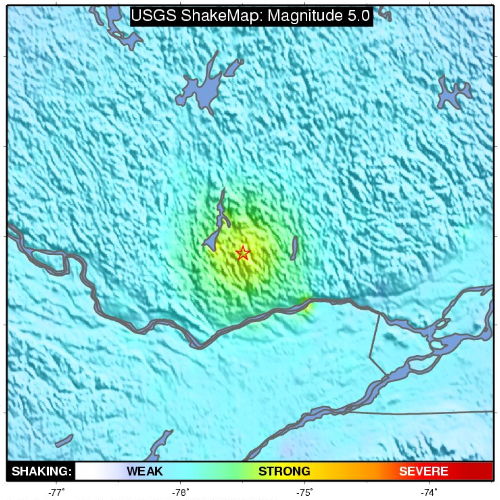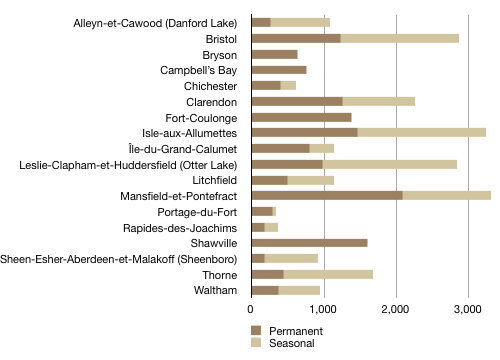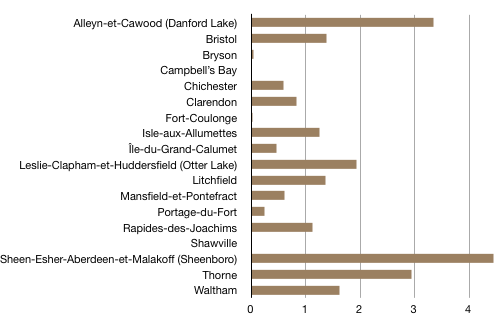Summer plans
As of today, Jennifer is on summer vacation. I’m not, because as a self-employed yob, I exist in a state of quantum superposition: I have lots of free time and, at the same time, no free time at all, which is to say that I can’t so much as take a weekend or evening off without worrying about tasks left undone. It’s hard for me to leave work behind during a vacation: I’ve blogged about maps during family Christmas visits, for example. (Yes, I’m no fun.)
There were a number of trips we could have taken this summer — family visits, science-fiction conventions, star parties — but in the end we have decided, for the moment, not to go anywhere. We’re just too tired: the past year has been tough on both of us, and we could use a profound amount of downtime. And we’d like to take some time to get the apartment into shape. I’m planning to buy some new furniture — a new couch and new shelves for the kitchen — and we really ought to get the basement a bit more organized. A little paint here and there wouldn’t hurt either. There’s a lot to be done around here — as much as you can do, really, in a rental property — and we’ll probably need the whole summer to do it, if we also want a shot at the aforementioned downtime. And me getting some work done.
Instead, we’re issuing a general invitation to our friends and family to come and visit us this summer. While we’re both big-time introverts, we do need some social contact (especially me, since my work is done in isolation and I get out seldom). We’d enjoy the pleasure of company without having to travel great distances to get it. It doesn’t happen often enough.
(I’m not going to sell the virtues of visiting us because the pool of invitees should already know them. If, on the other hand, you’re reading this and you are neither friend nor family, and in fact do not know us at all, do not visit us.)





